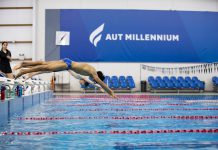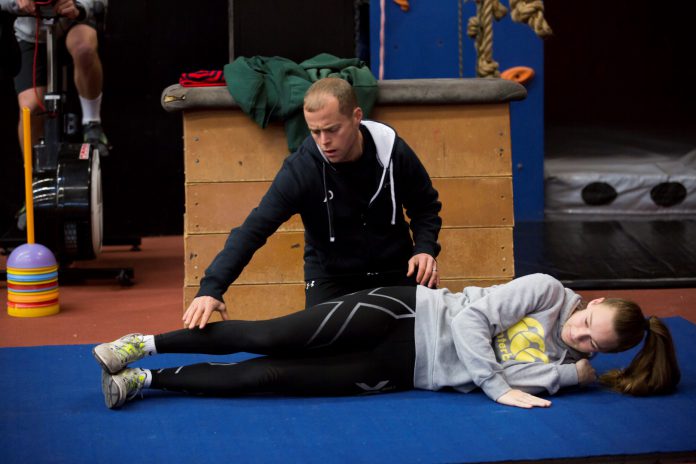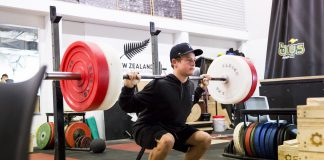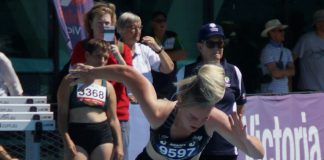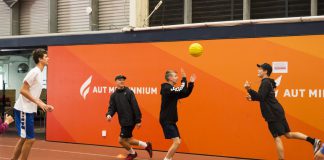Over half of school age children participate in at least 3 hours of organised sport each week.
For many young athletes it is considerably more. In fact, it is not uncommon for adolescent athletes to spend more than 20 hours a week training and playing.
Or for children as young as 6-8 years old to be selected into representative teams that compete against others of similar calibre.
Inevitably, increased involvement in sport results in greater risk of injury.
But more worryingly, research indicates the severity of injuries in youth athletes is increasing
A high cost of injuries in youth athletes 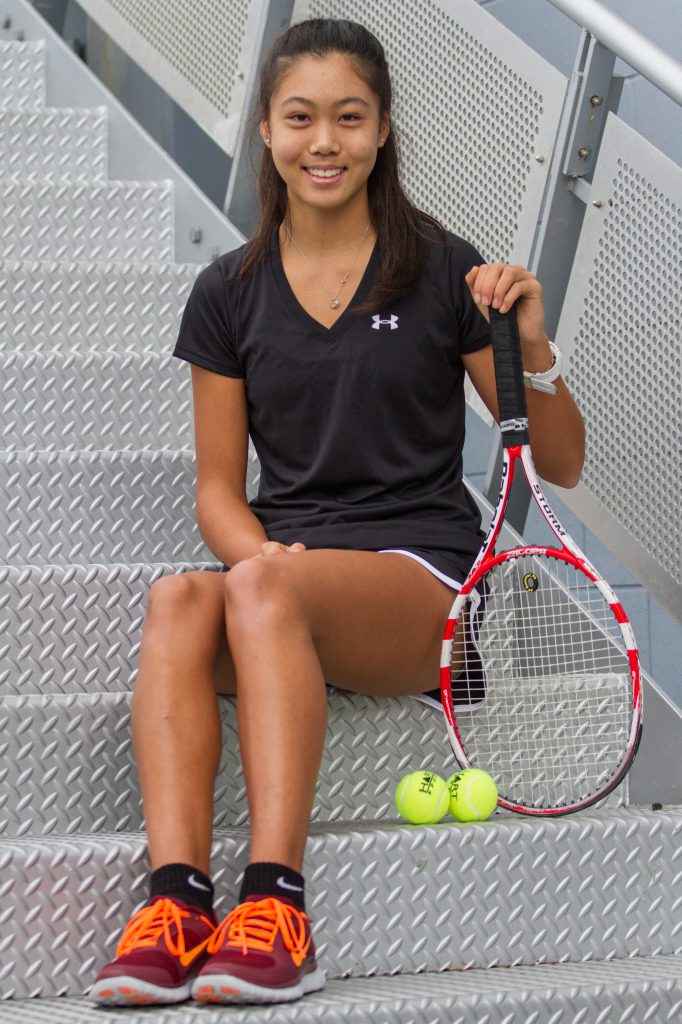
Sports related traumatic injuries lodged with ACC for children and adolescents aged between 0-19 years over the past 12 months reveal that:
- 204,000 injuries occurred in the last year costing us $80 million dollars to fix.
- The ankle and the knee are the most commonly injured joints of the body.
- The most severe and costly (60% of all injury expenditure in this age bracket) injuries happen to the knee.
- Knee injuries are twice as common in females.
- Injuries to the lower back and shoulder joint are also common.
But what’s more, research indicates that 62.5% of all injuries in females and 42% in males are caused by overuse, which are NOT accounted for in the statistics presented.
If we assume that 50% of all injuries across genders are overuse, it’s not unreasonable to suggest that over 408,000 injuries, at a cost of over $198 million dollars, would be seen annually.
Youth athletes are more vulnerable to injury
The young athlete is particularly vulnerable to injury because of the physical and physiological processes of growth.
There are 3 risk factors unique to the young athlete.
- Growth plate vulnerability
What is a growth plate?
Growth plates are the elastic section at the tip of the long bones of the body made up of softer cells. They allow for bones to lengthen as the body develops by constantly rejuvenating themselves over and over again.
Once the body reaches maturity, these cells, responsible for new growth, solidify into hard bone.
A growth plate is the weakest part of the bone due to its ever-changing structure.
Growth plate injury
Children and adolescents can just as easily injure bone than sprain a ligament or tear a muscle or tendon. This is because the softer part of the bone is less resilient to pulling from the connecting tendon when muscles contract strongly.
When a growth plate injury does occur, it either happens acutely (sharp and severe in effect) or chronically (gets progressively worst over time).
Acute injuries occur for a numbers of reasons, including poor movement patterns, shortfalls in strength, or simply by accident.
On the other hand, chronic injuries are mostly the result of repetitive loading. In other words, they happen because of too much of the same kinds of exercise.
If not managed correctly, growth plate injuries such as a fracture or break can adversely affect both development, and future performance,
At worst, they can negatively affect long-term participation in sports and general well-being by causing limb length discrepancy, buckling of the bone, or changes in joint mechanics.
- The adolescent growth spurt
Youth athletes experience a phase of accelerated growth during puberty. It’s called the ‘adolescent growth spurt’, or ‘adolescent awkwardness’, and can last for up to two years.
Incredibly, some athletes grow 10 cm taller in as little as 6-months during this period.
The adolescent growth spurt is a time of increased risk for growth plate fractures and other sports related injuries as gains in bone area precede gains in bone mineral content. In other words, bones grow bigger quickly without getting stronger.
But what’s most important to consider, when young athletes go through rapid changes in growth, their movement patterns frequently get worse and the muscle strength essential for joint stability is often lacking.
Take the anterior cruciate ligament (ACL) in the knee, for example. Research shows that during the adolescent growth spurt, girls are at much greater risk of injuring their ACL than boys.
When the femur bone of the thigh and the tibia bone of the lower leg are growing quickly, it can negatively affect a young athlete’s quality of movement. This can increase their risk of injury when, for example, they are landing from a jump or changing direction quickly.
Reduced strength in the hamstring muscles, compared to the quadriceps, also increases the risk because knee joint stability is compromised.
And one final, but important point: coordination often takes a backwards step during the adolescence growth spurt, which can decrease an athlete’s ability to control their body during sporting performance.
- Differences between biological and chronological age
During adolescence, athletes of the same age may vary considerably in biological maturity. Yet most sports categorise their competitions by this measure.
This has many concerning implications for talent identification and development, but can also affect injury risk.
Competitions that are unbalanced between early and late maturing athletes, particularly in contact sports such as rugby, are the reasons behind as least some of the serious injuries that happen.
Take care of growing bodies
While increased involvement in organised sport is a great thing for many aspects of youth development, including fitness and social interaction, evidence suggest that many young athletes are doing too much.
Youth athletes are more vulnerable to injury during adolescence when their bodies are rapidly growing.
Therefore, it is essential that we monitor exercise load carefully, as well as make necessary changes to training regimes and competition structures to prevent avoidable injury.













